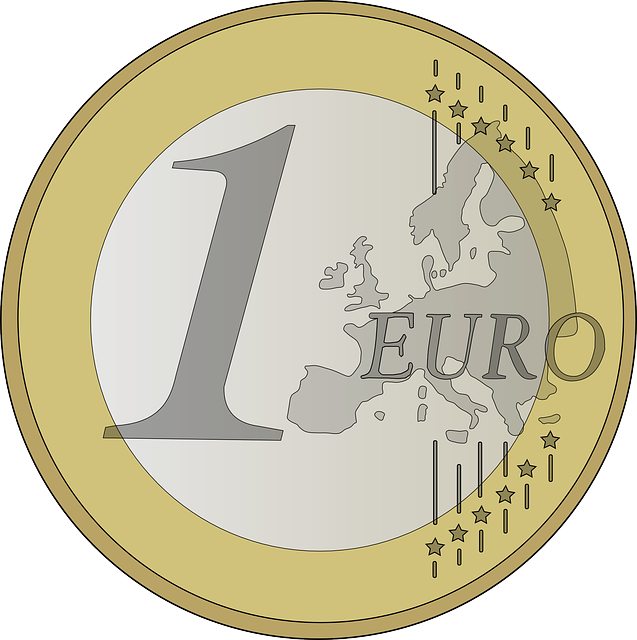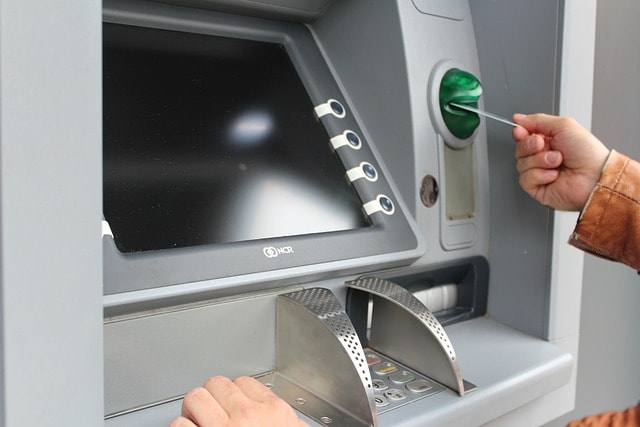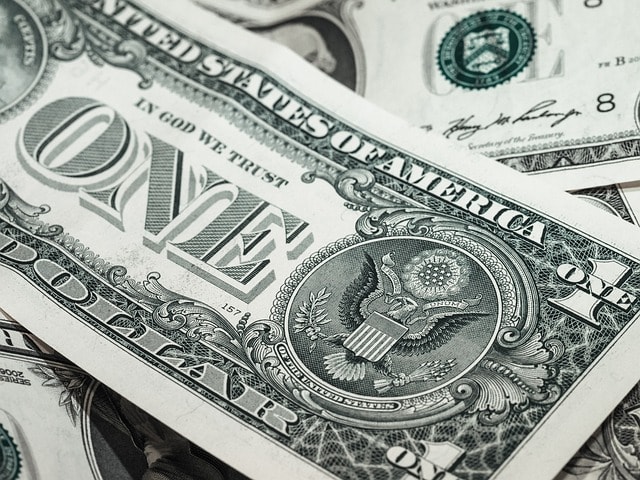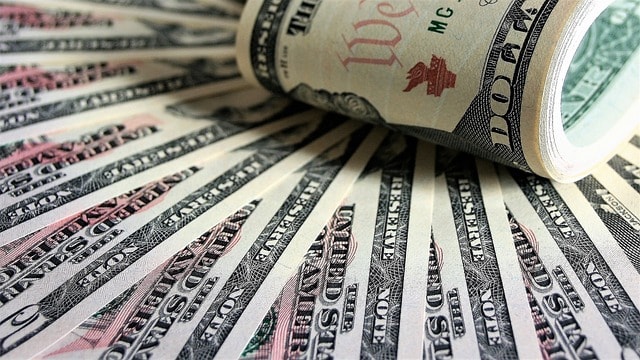Yes, Ireland uses the Euro (€) as its official currency. The Euro was adopted in 1999 for electronic transactions and in 2002 for cash. The Euro facilitates economic integration within the Eurozone. Before the Euro, Ireland used the Irish Pound. Using the Euro in Ireland is straightforward, with widespread acceptance of credit cards and easy access to ATMs. Currency exchange services are available at banks, hotels, and airports. The Euro simplifies travel and trade within the Eurozone, providing economic stability and ease of transactions for both residents and visitors. Familiarity with the Euro ensures a smooth financial experience in Ireland.
When Exactly Did Ireland Adopt the Euro?
Ireland adopted the Euro for electronic transactions on January 1, 1999. This initial phase was crucial for setting the groundwork for full adoption. During this period, the Euro was used in financial markets and electronic banking systems, allowing businesses to become familiar with the new currency without the need for physical cash.
Visiting Dublin? Here are Best Things To Do In Dublin Ireland: In Depth Guide for 2024

Common Doubts about Using Euro in Ireland
When visiting Ireland, understanding how to efficiently use the euro is essential. From exchanging currency and utilizing ATMs to knowing the common payment methods accepted across the country, these tips will help you manage your money with ease. Whether you're paying for a meal at a local pub or shopping for souvenirs, being prepared with the right financial knowledge ensures a smoother and more enjoyable trip.
Is It Better to Exchange Currency Before Traveling?
Exchanging a small amount of currency before traveling can be helpful for immediate expenses like transportation or snacks upon arrival. However, you will generally get better exchange rates atm fees and lower fees by using ATMs or exchange services within Ireland.
Visiting Limerick? Here are Best Things to do in Limerick Ireland
Are There Currency Exchange Offices?
Yes, currency exchange offices are widely available in Ireland, especially in airports, major train stations major hotels, and tourist areas. These offices offer a convenient way to exchange your money, though they may charge higher fees compared to other options.

Should You Use ATMs for Cash Withdrawals?
Using ATMs is often the most convenient and cost-effective way to get euros in Ireland. Ensure your bank card is compatible with international withdrawals, and check if your bank charges any foreign transaction fees. ATMs are plentiful in cities and towns, and they usually offer better exchange rates than currency exchange offices.
Can I Use Credit or Debit Cards?
Credit and debit cards are widely accepted throughout Ireland, including in restaurants, shops, and hotels. Visa and Mastercard are the most commonly accepted bank cards here. However, it's advisable to carry some cash for smaller establishments or rural areas where card payments might not be available.
What Are the Bank Fees to Consider?
When using ATMs, exchanging money, or making purchases with your card, be aware of possible fees such as foreign transaction fees and ATM withdrawal fees. Check with your bank before traveling to understand these charges and consider using a travel-friendly bank card that offers low or no foreign transaction fees.
Are There Limits on Cash Transactions?
While most transactions in Ireland are made using cards, there are no strict limits on cash transactions. However, large cash purchases atm withdrawals might require identification, and it’s safer to use cards for significant amounts of money.

Benefits of the Euro Adoption in Ireland
The euro adoption in Ireland has brought numerous benefits, including simplified trade, increased tourism, and economic stability. By joining the Eurozone, Ireland eliminated currency exchange hassles, making foreign transactions easier for both businesses and travelers. The euro has also fostered closer economic ties with other European countries, boosting Ireland's economy and enhancing its global financial standing.
Economic Integration
The Euro facilitated easier trade and investment with other Eurozone countries, boosting Ireland's economy. By adopting a common currency, Ireland eliminated exchange rate risks, which previously posed significant challenges to international trade. Businesses no longer had to worry about fluctuating currency values when dealing with European partners, making cross-border transactions more predictable and less costly. This stability attracted foreign direct investment, as companies from other Eurozone countries found it easier to invest in Ireland without the complications of currency exchange. Additionally, the common currency enhanced price transparency, allowing consumers and businesses to compare prices more easily across borders.
This increased competition, driving down prices and benefiting consumers. The seamless flow of goods, services, and capital within the Eurozone significantly contributed to Ireland's economic growth, positioning it as a favorable destination for international business operations. The Euro's role in economic integration also fostered stronger political and economic ties with other European nations, further enhancing Ireland's influence within both the republic and European Union.
Stability
The Euro provided greater economic stability and reduced the risk of currency fluctuations. Before the adoption of the Euro, Ireland’s economy was susceptible to the volatility of the Irish Pound, which could be influenced by both domestic economic conditions and international currency markets. The Euro, being a part of a larger and more stable economic bloc, offered a buffer against such volatility.
This stability was crucial for long-term economic planning and investment, as businesses and investors could make decisions with greater confidence, knowing that their investments were not at high risk due to currency fluctuations. Moreover, the European Central Bank's (ECB) role in managing the Eurozone’s monetary policy added an additional layer of stability. The ECB’s mandate to maintain price stability helped control inflation rates, further ensuring a stable economic environment. For Ireland, this meant lower interest rates, reduced borrowing costs, and a more predictable economic landscape, which were all essential for sustainable economic growth and development.
Convenience
Using the Euro simplified travel and financial transactions across the Eurozone. For Irish citizens, traveling within the Eurozone became much more convenient as they no longer needed to exchange currency when visiting other Eurozone countries. This ease of movement enhanced tourism and business travel, making it simpler for people to conduct business, attend meetings, or go on vacation. The common currency also facilitated cross-border shopping, allowing consumers to make purchases in other Eurozone countries without worrying about exchange rates or conversion fees.
Additionally, the use of the Euro streamlined financial transactions for businesses, reducing the administrative burden associated with managing multiple currencies. This simplification extended to online transactions, where consumers and businesses benefited from consistent pricing and reduced transaction costs. The widespread acceptance of the Euro also meant that Irish exporters and importers could operate more efficiently, without the need for hedging against currency risks. Overall, the convenience provided by the Euro improved economic efficiency, enhanced consumer experiences, and supported the integration of Ireland into the broader European market.

What Was Ireland’s Currency Before the Euro?
Before adopting the Euro, Ireland used the Irish Pound (Punt Éireannach). The Irish and Pound sterling was the official currency from the early 20th century until it was replaced by the Euro in 2002. The switch to the Euro marked a significant change, aligning Ireland more closely with its European neighbors in economic terms and reflecting its commitment to deeper integration within the European Union.
Historical Background
The Irish Pound has a long and complex history, with its roots tracing back to the Irish Free State’s establishment in 1922. Initially, the currency was pegged to the British Pound, reflecting the close economic ties between Ireland and the United Kingdom. This peg was maintained until 1979 when Ireland joined the European Monetary System (EMS), a precursor to the Euro.
Joining the EMS marked a shift in Ireland’s monetary policy, signaling a move towards greater economic independence and alignment with European economies. The transition to a floating exchange rate allowed the Irish Pound to reflect market conditions more accurately, paving the way for future integration into the Eurozone.
Design and Denominations
The Irish Pound featured distinctive designs that reflected Ireland’s cultural heritage and history. Banknotes and coins depicted notable figures, landmarks, and symbols unique to Ireland. For example, the one-pound note featured a portrait of Queen Medb, a legendary figure from Irish mythology, while the coins often showcased traditional Irish symbols such as the harp and the Irish wolfhound.
The denominations of the Irish Pound included banknotes ranging from £1 to £100 and coins from 1p to £1. These denominations facilitated everyday transactions and were familiar to the Irish public, making the transition to a new currency both a significant and challenging undertaking.
Economic Role
The Irish Pound played a crucial role in Ireland’s economic development throughout the 20th century. It facilitated trade, investment, and everyday transactions, underpinning the country’s financial system. As Ireland’s economy grew and evolved, the Irish Pound adapted to changing conditions, including periods of inflation and economic reform.
In the latter half of the 20th century, Ireland’s economy began to integrate more closely with Europe, leading to increased trade and investment flows. The Irish Pound’s participation in the EMS was a key step in this process, setting the stage for eventual adoption of the Euro.
Transition to the Euro
The decision to adopt the Euro was driven by the desire for deeper economic integration with Europe and the benefits of a unified currency. The transition was carefully managed, with extensive preparations to ensure a smooth changeover. Public education campaigns, technical adjustments in the financial sector, and coordination with European institutions were all part of the process.
On January 1, 1999, the Euro was introduced for electronic transactions, and on January 1, 2002, it became the sole legal tender for cash transactions. The Irish Pound was gradually phased out, with old euro banknotes and coins exchanged for Euros. This transition marked the end of an era for the Irish Pound and the beginning of a new chapter in Ireland’s economic history.
Legacy
The Irish Pound remains an important part of Ireland’s cultural and economic heritage. It symbolizes a period of growth, change, and increasing integration with Europe. Collectors and historians continue to value Irish Pound notes and coins for their historical significance and artistic design.
FAQs About Currency in Ireland
Is the Euro the only accepted currency in Ireland?
Yes, the Euro is the official local currency, and other currencies are generally not commonly accepted here for transactions.
Can I use my debit card from another country in Ireland?
Yes, international, credit card, and debit cards are widely accepted, especially those on major networks like Visa and MasterCard.
Are contactless payments popular in Ireland?
Yes, contactless payments are very popular and widely accepted in most places.
Do I need to tip in Ireland, and can I use Euros for tipping?
Tipping is appreciated but not mandatory, and Euros are used for tipping in Ireland.
How do I find the best exchange rates?
Compare rates at banks, other currency exchanges, exchange offices, and online platforms to find the best exchange rates for converting your money to Euros.
